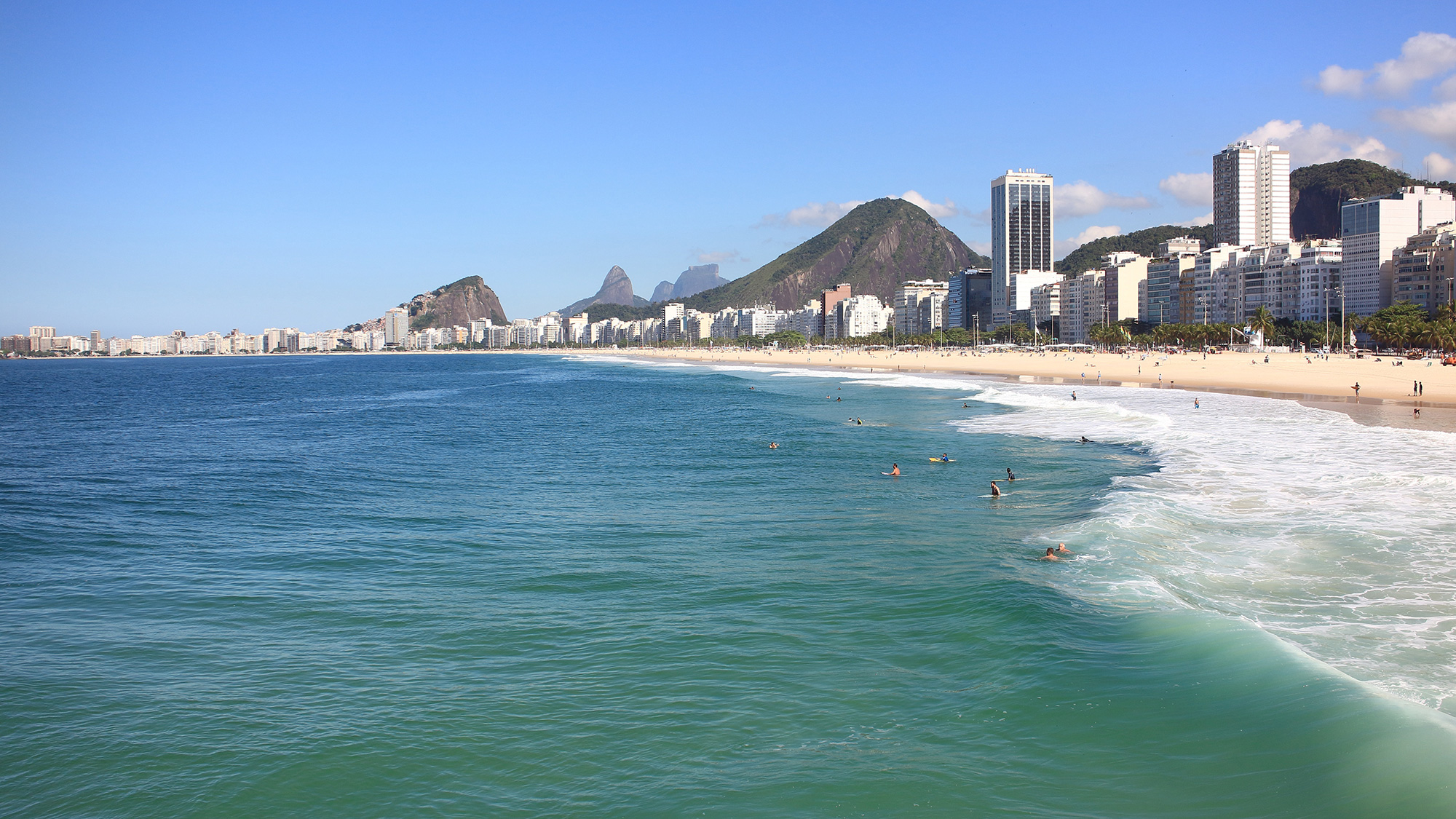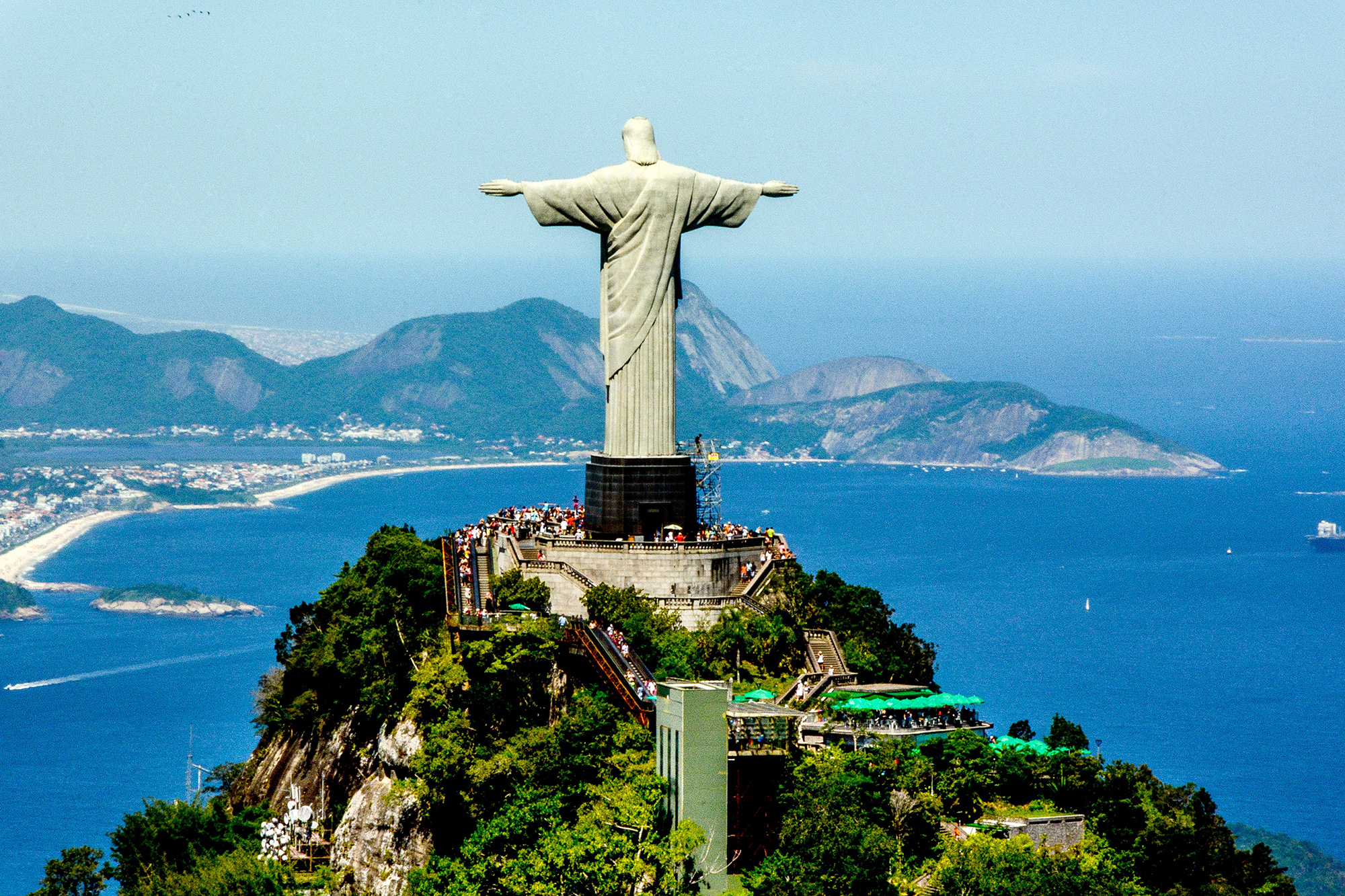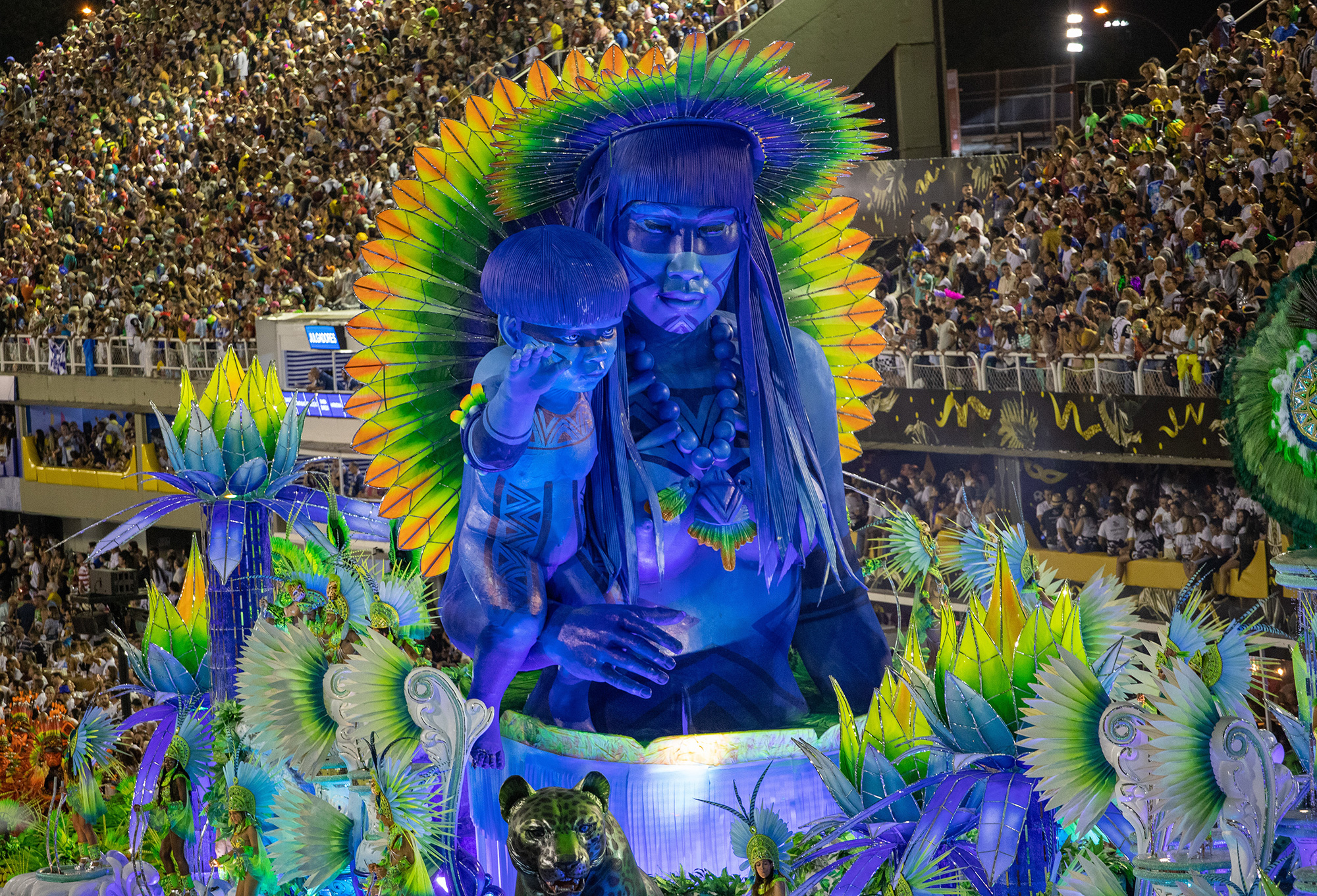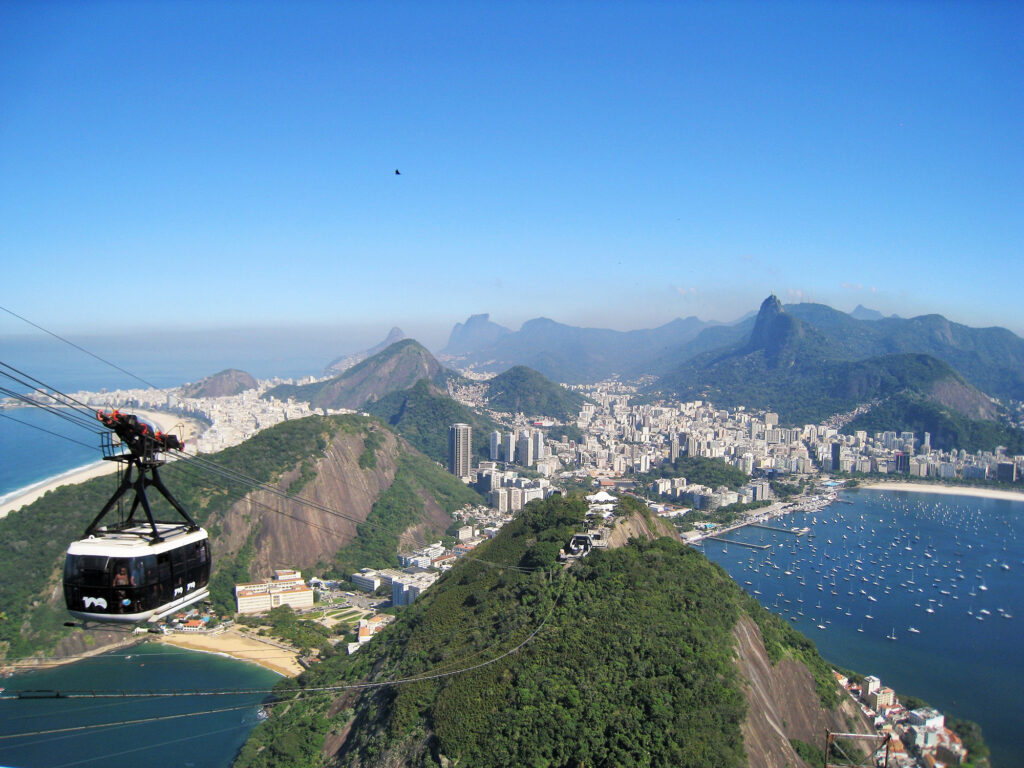Table of Contents
About
Known as the city of samba and football, Rio de Janeiro is one of the most charming places in Brazil. Dubbed a wonderful city, the city has a population of almost seven million and is the stage for one of the largest street parties in the world: carnival. In 2020, it brought about four hundred thousand people to the city. With several entertainment options from museums to deserted beaches, Rio de Janeiro is a good place to spend your holidays and to do solo trips with a lot of recreation options, safe streets, and friendly natives.
History and Culture
Rio de Janeiro was discovered two years after the arrival of the Portuguese in northeastern Brazil when the sailor known as Gaspar de Lemos first sailed in Bahia de Guanabara. A few years later, Portugal and France came into conflict over the newly discovered lands. Portugal won and continued its colonization in Brazil. Few people know this, but until 1960, Rio de Janeiro was the capital of Brazil. With great economic power, today Rio de Janeiro is a reference in technology, tourism, and culture. Several tourists visit the city in search of historical monuments and carnival, which is considered the best street party in the world.
Things ToDo in Rio de Janeiro
Copacabana Beach

Copacabana is one of the most beautiful beaches in Brazil. Known in the country for its diversity of people and cultures, the beach is warm and has rough waters that attract thousands of tourists every year. About four kilometers long, the Copacabana beach is always crowded, especially in the summer. Also, you can eat spices such as camarão-carioca and feijão tropeiro. The famous boardwalk of Copacabana is made with Portuguese stones, which makes walking by the sea unforgettable. About a 15-minute drive from the city center, the region is serviced by taxis and executive buses. On the city hall website, there is a Copacabana travel guide made for tourists.
Christ the Redeemer

Being a symbol of the city of Rio de Janeiro, the monument is one of the 7 wonders of the modern world. Located on Morro do Corcovado, it’s a brand for Christianity in Brazil, attracting more than 1 million visitors annually. Constructed between 1922 and 1931 by engineer Heitor da Silva in partnership with French engineer Albert Caquot, the statue was built in reinforced concrete and is 30 meters high, where you can see much of the city of Rio de Janeiro such as Barra da Tijuca, Leblon Beach, and the botanical garden of Rio de Janeiro. Ticket prices range from $ 20 to $ 30. It is an unforgettable experience. There is a chapel of Nossa Senhora Aparecida, located at the base of the statue that can be visited by tourists. And last but not least, it is possible to take amazing pictures next to the Cristo Redentor.
The Rio Carnival

The first edition of this party was held in 1893. Held in February, the carnival lasts around 5 days. Rio de Janeiro is known for having the best carnival in the world. With a lot of samba and joy, tourists from Brazil and Latin America visit the city to celebrate together the carnival. In 2020, the carnival gathered more than three hundred thousand people per day only in the downtown. The party takes place across the city and there are even carnivals for children and the elderly, with a small amount of audience. Carnival has the custom of wearing colorful costumes and ball masks. Another major attraction is the samba parades. Brazilian businessmen invest a lot of money in these parades.
During the preparation for the parades of the samba schools, there is the customization of sound trucks for the presentations. There is a prize for the samba school with the best presentation. In this year’s edition, the winner was Unidos do Viradouro, winning $15000 as a prize. The state of Rio de Janeiro has been investing money since 2010 in the carnival so that the street party will take place with safety and quality for everyone. In this year’s edition, it was considered the best of all times, breaking public and safety records.
The Sugar Loaf Cable Car

At 396 meters high, the top of the Sugarloaf Mountain offers one of the most spectacular views in the area. From there, you can see planes approaching the Santos Dumont Airport, Copacabana Beach, and the Estácio de Sá Monument. In the middle of the 20th century, to commemorate the opening of the ports in the city of Rio de Janeiro, engineer Augusto Ferreira suggested the construction of a cable car between the hills of Guanabara Bay. It was a bold project! At the time, there were only two buildings of the type, and both were located in Europe. The project was 3 times the size of the European buildings. After 3 years of construction, the project was inaugurated in 1912. Since then, it has transported more than 25 million people. The cable cars have recently been upgraded to further increase comfort and safety. The ticket price for adults is $ 20 and for children and seniors $ 10.
Theatro Municipal

Known as the main theater in Brazil, the municipal theater is a place full of culture. With influences from Parisian architecture, the municipal theater was inaugurated on July 14, 1909, with a capacity of up to 2244 people. Place of great performances in recent years, the municipal theater is visited by national and foreign tourists. In its last major renovation, it received luxurious decorations. One of the novelties is the 350-kg eagle with a 23-karat gold finish. The theater administration offers a visitation program for foreigners, with the presentations being made in English and Spanish.
The Botanical Garden of Rio de Janeiro

It was founded on the same date that the Portuguese Royal Family arrived in Brazil. With more than 200 years of history, it has more than 500 thousand square meters of area and more than 3400 different species of plants. One of these species is the Embira-Branca which the fiber of the plant is used to make ropes. A popular attraction at Botanical Garden is the greenhouse of insectivorous plants, where you can see rare species of this type. To increase the quality of the experience, there is an app from the park that allows visitors to create their personalized travel guide, and it gives suggestions for trail routes in the park for groups or solo travel.
Maracanã Stadium

With 5 world cups won, Brazil is known as the country of football. Built between 1948 and 1950, the stadium hosted the first world cup in Brazil. The Maracanã stadium collects public records with the largest being the match between Brazil and Uruguay in the 1950 world cup final. Uruguay won the match and won its second world title. Currently, the multipurpose arena can receive almost eighty-thousand people. With 32 meters high, in the stadium, there is a hall of fame with the history of several players who played in the stadium such as Pelé, Garrincha Zico, and Zizinho. Maracanã is full of history!
After Brazil was selected for its second world cup, reforms and modifications to the stadium were needed. About two hundred million dollars were spent on the renovation. Structural changes were made, stadium coverage was changed and state-of-the-art screens were installed. Besides, there is no obstruction of vision in any seat of the stadium anymore.
Arcos da Lapa

It is one of the most important buildings of the colonial period in Brazil. Located in the Lapa neighborhood, the Arcos da Lapa is a symbol of the history of Rio de Janeiro. With the construction completed in 1750, the structure aimed to transport water from the source of the Rio Carioca to Largo de Carioca. In 1896, the first electric train connecting the downtown to the neighborhood of Santa Tereza was opened. With its unique appearance, the structure is 270 meters long with 42 double masonry arches. Brazil was a country colonized by Portuguese between the years 1500 and 1800. Therefore, there is a strong Portuguese architectural influence in buildings spread across the country. The region around the Arco da Lapa is known for its varied entertainment options with several bars and restaurants.
Prainha

Located about 50 km from the center of Rio de Janeiro, Prainha is a popular place for surfers. This beach has one of the cleanest and most crystalline waters of Rio de Janeiro and is surrounded by the Atlantic forest. About 150 meters long, the Prainha is in an area of environmental preservation. For the tourist who likes to explore, it is possible to take a moderate walk to Pico do Caeté. From there, it is possible to have a view of the entire Barra da Tijuca and the recreation of the Bandeirantes.
How to get to Rio de Janeiro
By Air – The city of Rio de Janeiro has two airports. For international flights, Tom Jobim International is located about 17 kilometers from downtown. There are direct flights from cities like Paris and New York. For domestic flights, Santos Dumont Airport is located about 2 kilometers from downtown. It is possible to fly to the capital São Paulo on a 45-minute flight.
By Train – Tthe city of Rio de Janeiro does not have a train system for interstate travel. However, the city has an urban train system with more than 100 stations, making it possible to move around the city with practicality and safety.
By Road – the city is located close to the main cities in Brazil, such as São Paulo (451 km), Belo Horizonte (441 km), and Vitória (574 km). The roads that connect these cities are tolled and safe to its full extent.
